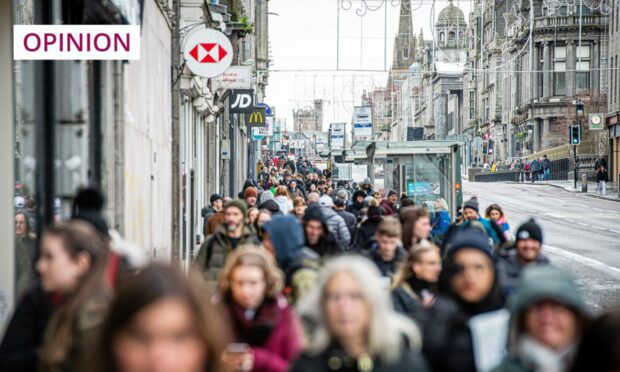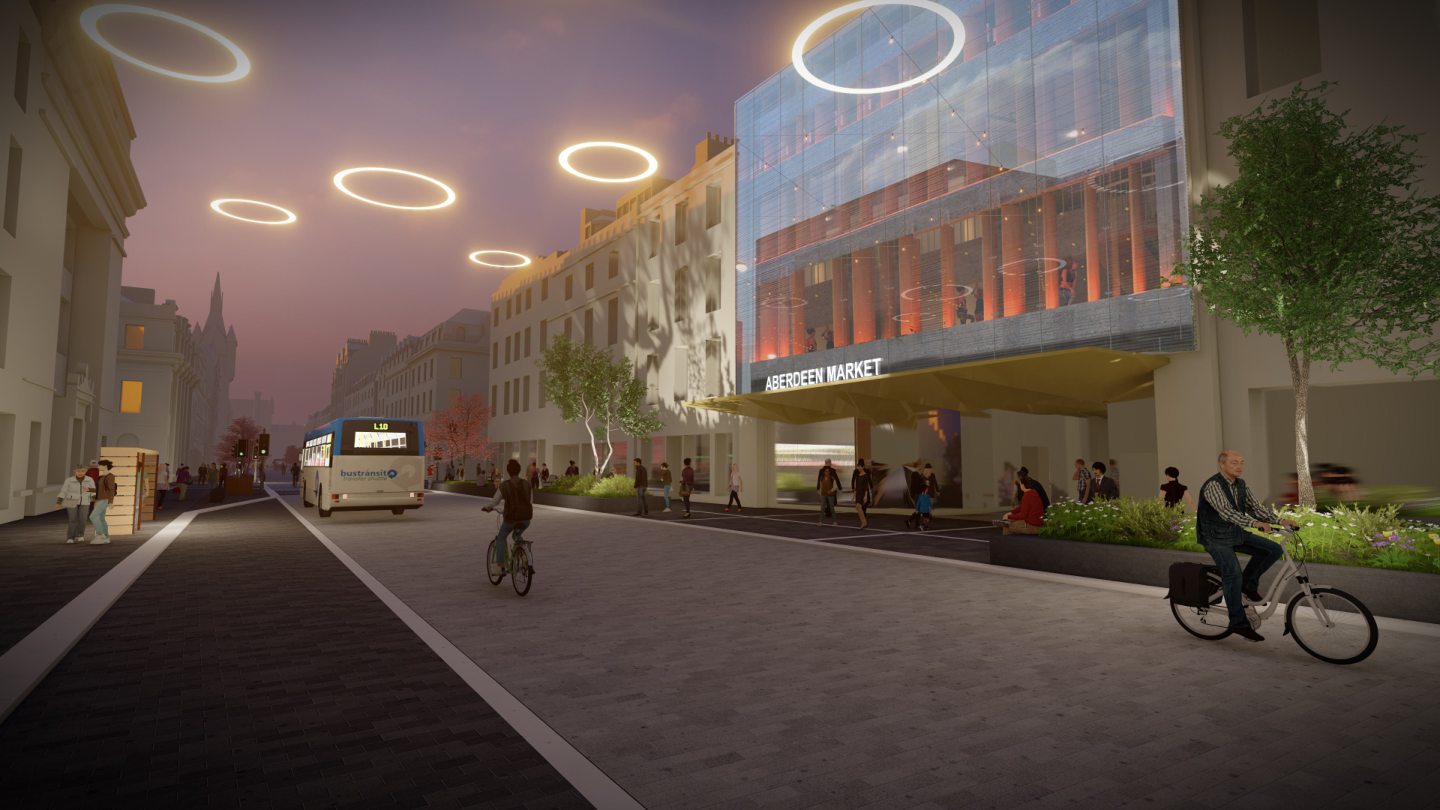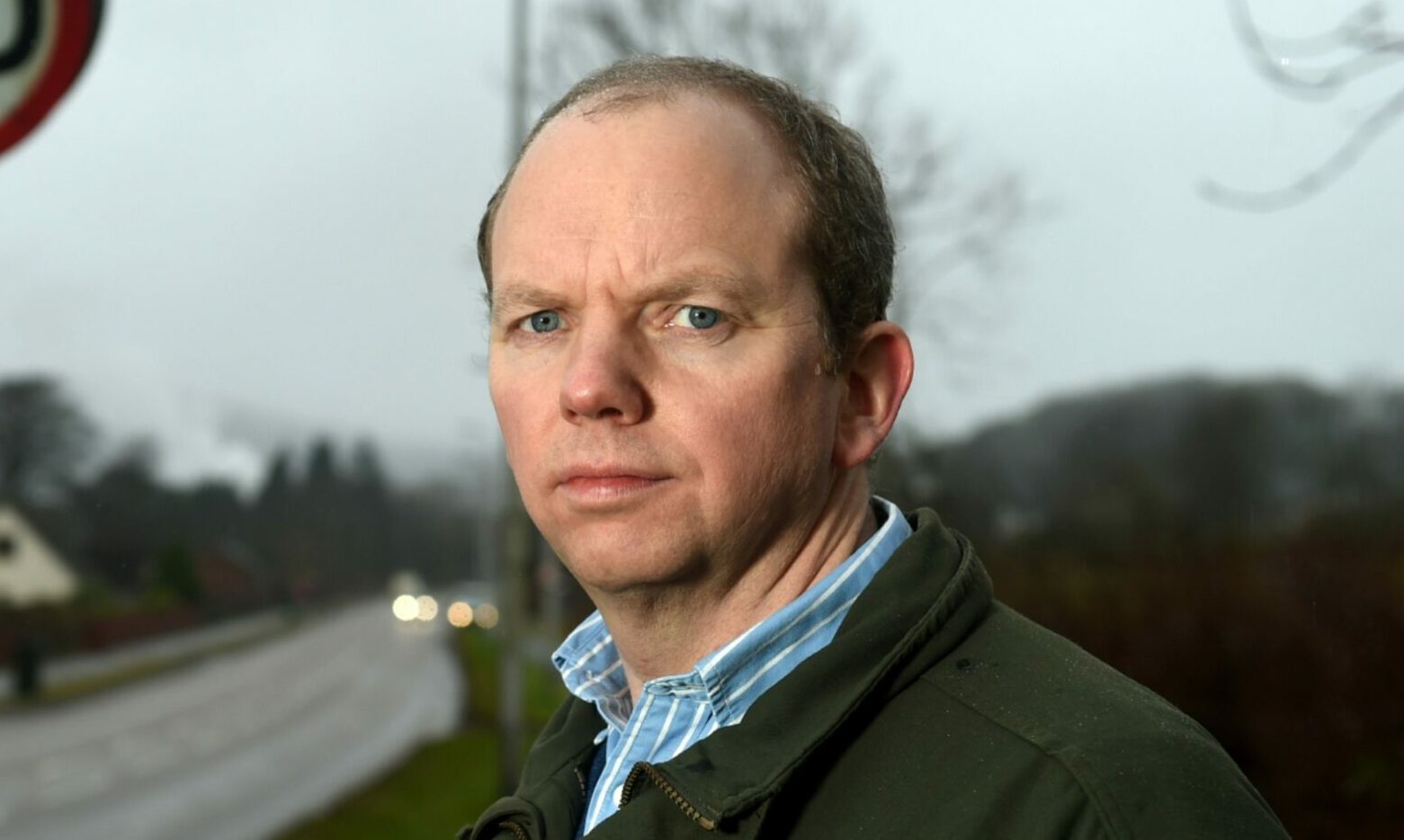Internationally, strong local institutions have shown that they can deliver growth and reduce inequality. Now it’s Scotland’s turn, writes Chris Deerin.
As we have emerged from the nightmare of Covid and lockdown, “place” has become both a buzzword in policy circles, and something that most of us are thinking more about.
I hear from lots of people that their lives, like mine, haven’t returned to what they were before. After being trapped in our houses for months at a time, we emerged palely into the light, only to find our horizons had shrunk.
Many continue to work from home – as companies have begun to shed vast, expensive, rented offices in city centres, some have had no choice.
Lunchtime might involve scrabbling together whatever is in the fridge, or perhaps a stroll to the nearest local sandwich shop. Money that used to go to the Pret chain each day is now going to the nice wee lady in the newsagent who sells corned beef rolls for a quid.

We have spent more time getting to know our immediate environs, too. Where the commute is a thing of memory, we’ve had more time and inclination to wander our local streets and parks.
We’re more likely to notice and worry about the decline of our high streets – the occasional brightly-lit storefront next to many dark, shuttered windows, like a row of bad teeth. We’re aware just how many of the businesses that remain are charities, cafes, hairdressers, and pound shops. The thought strikes us: if we have to live, work and spend our leisure time here, don’t we have a right to expect better?
If we won’t change, the high street has to
The rise of online retailing had done plenty of damage to the traditional high street before lockdown, but the situation has worsened considerably since it ended. KPMG estimates that between 20 and 40% of retail offerings will be lost due to the trend towards digital shopping that accelerated rapidly during the pandemic.
We’ve known this was coming for a while, really. Every time we press the “buy now” button on a website, rather than walk to the local bookshop or electrical goods or clothes store, the nail gets hammered that bit further in. But this is the modern way, and it’s not changing back.
And, if we won’t change, then the high street will have to. There are all sorts of debates going on about what the town and city centres of the future will look like.
There seems to be an emerging consensus that they will be highly residential and with more green spaces, that retail will be more localised and craft-based, that there will be lifelong learning hubs and digital and business support networks, better facilities for entertaining children. In short, the new high street will be about culture, recreation, education and living, as opposed to shopping.
The rise of remote, digital working means people can base themselves in far-flung places, which are usually both prettier and cheaper than urban centres.
The north-east of Scotland, for example, has a burgeoning sector of creative entrepreneurs, many of them working in jewellery and fashion. These might be small businesses, but their owners are doing well for themselves, have money to spend in the local economy and an expectation of a decent quality of life.
Scotland needs true empowered devolution
If we are to deliver this new dispensation in a way that works for everyone, we need to change how we govern and run things. Holyrood, almost 25 years old and, in many ways, a potential model of empowered devolution, does not work as it should. It is a weak parliament that has little ability to challenge and rein in the Scottish Government of the day.
Donald Cameron, the Conservative MSP for Highlands and Islands, is putting forward a members’ bill that looks to address this, suggesting measures to ensure pre- and post-legislative scrutiny, to increase ministerial accountability to parliament, and to introduce public hearings for ministerial and major public sector appointments. This is all to the good.
But we need to go further. In England, the relatively new project of directly-elected mayors is going gangbusters. Leaders such as Andy Burnham in Greater Manchester, Andy Street in the West Midlands and Ben Houchen in Tees Valley are using the power and profile of their offices to drive change in their respective areas, launching debates on where reform is needed, and pushing through long-needed policies in areas such as housing, transport and skills.
Burnham has also taken control of parts of the criminal justice, health and social care systems. These leaders are highly visible and highly accountable, unlike our own councils.
Give communities the tools to fix what ails them
For all the power devolved to Holyrood, it has shown disappointingly little interest in devolving further to regions, cities and communities. The SNP has proved to be a centralising force, when it might have opened up Scottish democracy to allow local leaders to tackle local challenges.
After all, the demands facing Aberdeen or Inverness are very different from those facing Glasgow or Stirling. The ability of Holyrood to deliver for each of these areas from Edinburgh is inevitably limited.
Internationally, strong local institutions – empowered local government is actually the norm across the West – have shown that they can deliver growth and reduce inequality
Internationally, strong local institutions – empowered local government is actually the norm across the West – have shown that they can deliver growth and reduce inequality.
If we give our communities the tools to fix what ails them, then your home and mine stands a better chance of becoming the places we want them to be.
Chris Deerin is a leading journalist and commentator who heads independent, non-party think tank, Reform Scotland



Conversation